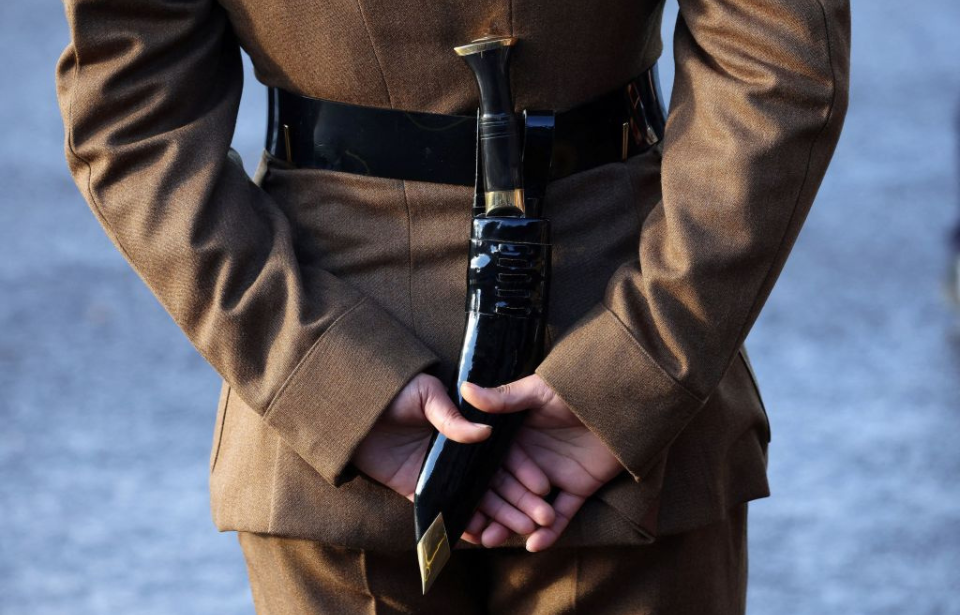Throughout history, wars have been waged for various reasons, with individuals from different backgrounds joining the fight for different causes. Some fighters set themselves apart with their exceptional skill, instilling fear in their foes and gaining strategic advantages. Below is a list of the most formidable warriors, combatants, and tribes from throughout the ages.
Mongols
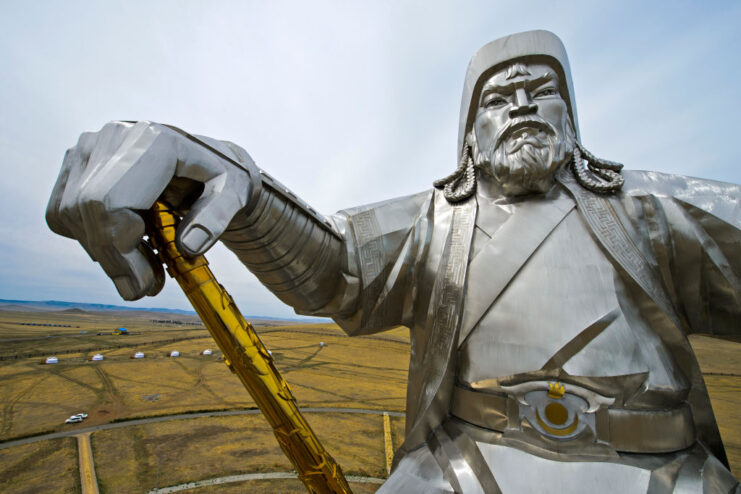
Genghis Khan is remembered as one of the fiercest warriors in history – and there’s a good reason for that.
During his life and in the years following his death, the Mongols amassed an enormous empire. They swept through Iran, Iraq, China and Kievan Rus (modern-day Russia), and those who refused to surrender were killed. It’s estimated they killed over 40 million people during their campaign.
It’s not precisely known how Khan died. Different causes have been given, including being killed in action (KIA), dying of illness or injury, or falling off his horse. Per tradition, he was buried in an unmarked grave close to his birthplace.
Samurai
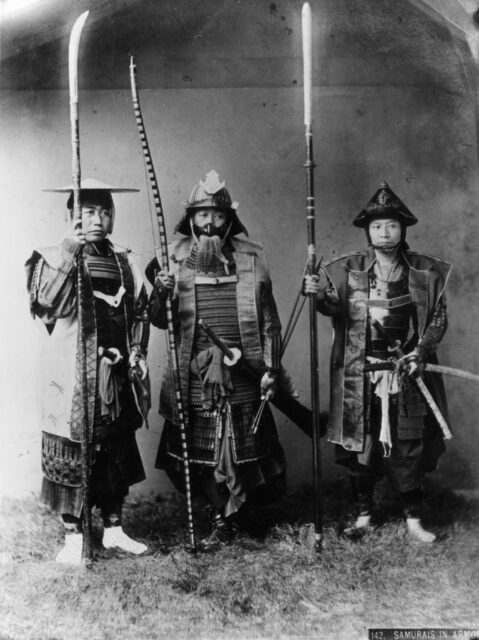
Samurai were the loyal retainers of Japan’s feudal lords, earning widespread admiration for their bravery and dedication. In the 13th century, they successfully repelled two Mongol invasions, despite the Mongols’ previous conquests of China, Iran, Iraq,and Kievan Rus.
For the next six centuries, samurai remained a vital part of Japanese society. During the Satsuma Rebellion in 1877, the Battle of Shiroyama saw Saigō Takamori lead 500 samurai against 300,000 Imperial troops, commanded by Yamagata Aritomo. Despite their valiant efforts, only 30 Imperial troops were lost, and Takamori himself met a heroic end in battle.
While their influence waned with Japan’s modernization, figures like Takamori, celebrated for their swordsmanship, continue to be honored and remembered today.
Visigoths

For a time, the Visigoths were a Germanic people aligned with the Roman Army. The ancient empire was left in shambles after Emperor Theodosius I’s death in 395 AD, causing his Army to disintegrate not long after. Alaric I was the most fearsome of the Visigoths, and he felt the Romans hadn’t paid him the proper respect for his prowess on the battlefield. He subsequently made a bid for the throne, putting at odds with generals in the east and west.
The Goths spent years plundering, before setting their sights on Italy. In 408, Alaric I and 30,000 Visigoths marched on Rome, eventually forcing the city to pay a ransom of gold, silver, silken tunics, scarlet-dyed hides and pepper. Two years later, they, again, attacked Rome, sacking the famed city. This time, no one was spared, as the fearsome warriors razed the entire area. The event is even said to have played a major role in the fall of the Roman Empire.
Alaric, however, wasn’t around to enjoy his triumph for long, as he died within the year.
Comanche

At first, the Comanche had a complex interaction with European settlers. While some Native American tribes were open to trading with the new arrivals, others took a more aggressive approach, raiding to capture supplies and goods. The Comanche, on the other hand, were primarily focused on expanding their territory rather than engaging with the settlers.
Famed for their remarkable equestrian skills, the Comanche were nearly unbeatable in combat, coming out victorious against the Spanish, American and Mexican forces in their pursuit of territorial gain. Eventually, the Americans intensified the conflict into a full-scale war. In 1875, American Civil War hero William Tecumseh Sherman led a large-scale military campaign into the area, ultimately eliminating the Comanche threat.
Gurkhas
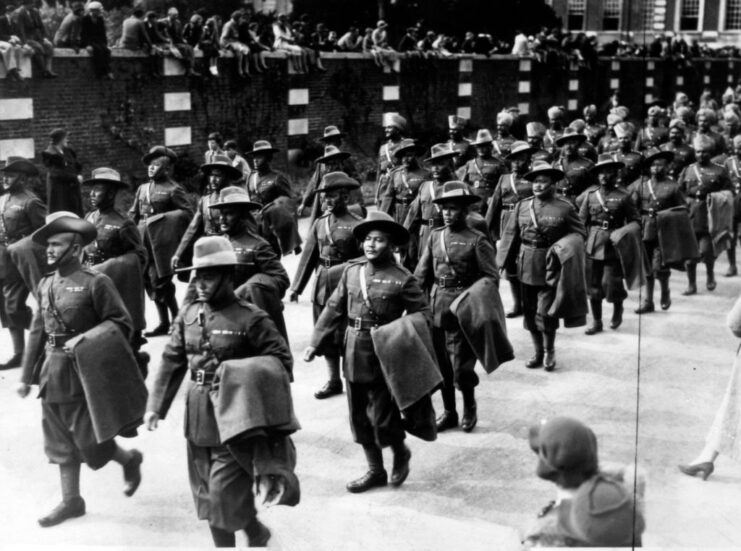
The Royal Gurkha Rifles (RGR) were established in 1994 as part of the British Army, resulting from the merger of four regiments: 2 GR, 6 GR, 7 GR, and 10 GR. These formidable warriors are recruited from Nepal, a country that is neither part of the Commonwealth nor a dependent territory of the United Kingdom. Known for their weaponry, skill, and intelligence, they are regarded as some of the finest fighters in the world.
Although the Royal Gurkha Rifles are a more recently formed fighting force, Gurkhas have been serving alongside the British, Indian, and Nepalese armies since the Anglo-Nepalese War of 1814-16. Their history stretches back even further, to the 8th century, and they are named after the esteemed Hindu warrior, Guru Gorakhnath. The men currently serving in this regiment acquire their skills from a young age, creating a lifelong foundation that readies them for combat.
When the British found it challenging to subdue these fighters, they chose to recruit them instead. During World War II, Gurkhas famously infiltrated enemy dugouts at night to inspect soldiers’ boots and discern whether they were Axis or Allied troops. How did they do this? By analyzing the way the laces were tied (or so the legend states).
Akali-Nihang
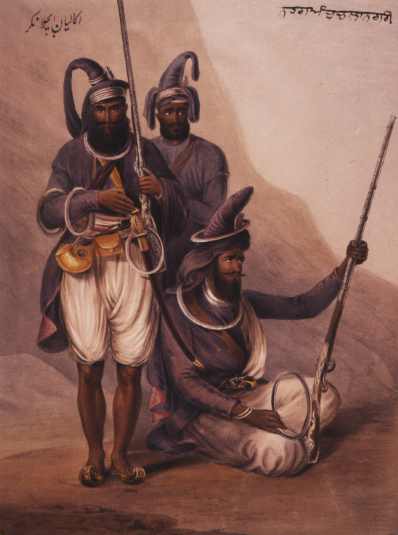
The Akali-Nihang are Sikh warriors who first appeared on the Indian subcontinent. Soldiers in the outfit, whose origin is still not fully known, always carry a katar (dagger), wear blue and, when in full gear, carried one or two swords. Historic versions of these fearsome warriors were famous for their ability to fight much larger armies and still emerge victorious.
More from us: Yasuke: The Legendary Black Samurai Who Reforged His Life’s Path
Want to become a trivia master? Sign up for our War History Fact of the Day newsletter!
The most famed of the Akali-Nihang was Baba Deep Singh, who spent much of his life fighting the Afghans. He was beheaded (some sources say nearly beheaded) in battle in 1757, and his death inspired the Sikhs and the Akali-Nihang, who successfully drove out the Afghans. The spot where he died is now a shrine, and Sikhs regularly pay their respects there.
